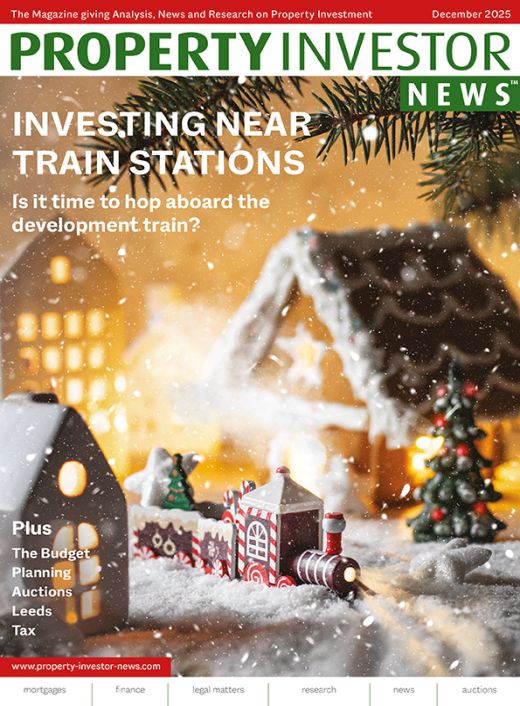If I were to give you a pound for every new developer who’s told me they’re worried about money, you wouldn’t have to worry about money. Perhaps unsurprisingly, the financial aspects of development projects are where many people have their biggest concerns. After all, developing property doesn’t come cheap, and if you haven’t got a healthy bankroll behind you, where exactly is all this cash going to be coming from?
Well, I’m glad you asked since quite a few misconceptions are flying around about development finance, and it will be good to set the record straight. I’ll start by looking at how ‘traditional’ development finance works before focusing on a few dos and don’ts of private investment. But I’ll make two critical points at the outset to whet your appetite; firstly, you’ll almost certainly need less of your own money than you’d think you would. And secondly, having people lend you money is often a lot easier than you think it would be. So, with those two shameless teasers in mind, let’s dive in.
In development, you have two elements that require financing. Firstly, there’s the asset you’re going to buy (the land you’re going to build on or the property you’re going to convert), and then there’s the cost of developing it (the cost of design, construction, finance, and the fees of all of your professionals, etc.). There are (usually) two sources of finance: commercial finance and private money. Commercial finance typically comes from specialist banks, peer-to-peer lenders, and family funds, while private money arrives either through loans from private investors or your own cash. Nothing prevents you from using private money to fund the entire project, but most development deals are funded by a mixture of commercial finance and private cash combined.
Commercial lenders typically lend up to 70% of the asset purchase cost and will require private finance to pick up the remaining 30% (effectively the deposit). For the landlords among you, this isn’t a million miles away from buy-to-let finance, where a deposit of 25% is often required. But there’s a fundamental difference, and it’s quite a biggie; with a buy-to-let mortgage, your 25% deposit money is likely to be your own cash rather than a private investor’s. After all, that money will be locked away in your bricks and mortar for quite a long time. But with the asset purchase finance on a development, the money is typically only needed for 18-24 months, plus you’ll be able to use other people’s money to fund your 30% deposit.
Now, before you all ask, ‘where do I sign’, I need to add an important caveat. While it’s technically possible to use none of your own money in a development project, most commercial lenders prefer the developer to have some ‘skin in the game’. This ‘developer contribution’ requirement varies, but it is often expressed as a percentage of the overall project cost or a percentage of the deposit. For example, let’s assume we’re going to convert an old bakery into flats. If we bought the bakery for £400k, and assuming the commercial lender was happy to lend 70% but needed you to put in 10% of the deposit yourself, you would have to stump up just £12k.




















